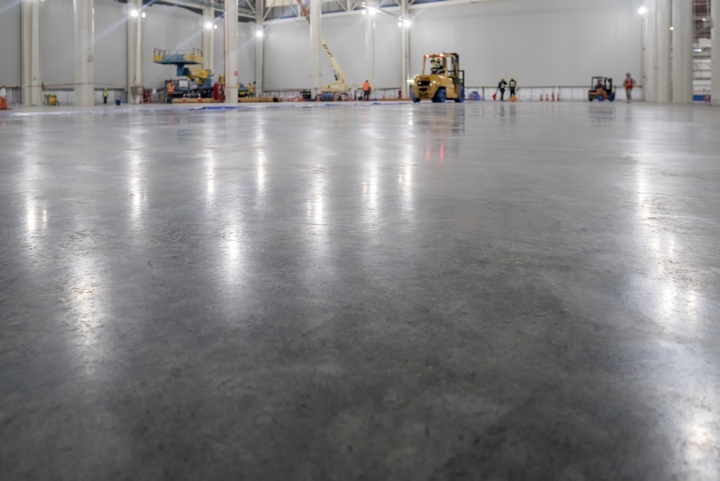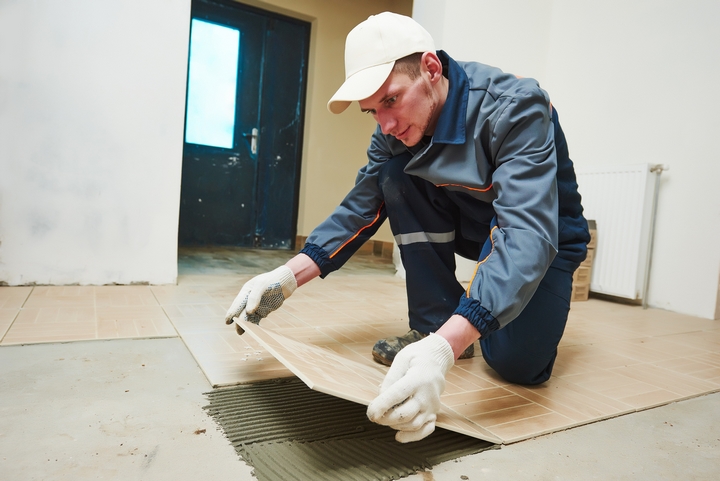Every workplace is responsible for meeting health and safety standards and minimizing the potential of slips and falls. Unfortunately, over 42,000 workers yearly are injured from slips and workplace falls in Canada. Some of these are avoidable accidents tied to negligence on the part of the employer.
If your workplace is involved in a legal case related to injuries, it can lead to lots of complications. You should consult with a slip and fall lawyer Toronto for their professional guidance. They will recommend strategies that protect your legal rights in the workplace. However, the best approach is to prevent slip and falls in the first place.
If you are an employer, here are a few things you can do to prevent slips and falls in the workplace:
1. Set expectations for workers

Let workers know directly how they are to conduct themselves. That they should not be running across a slippery floor, ensure they don’t carry more than they can handle and still have clear visibility of the floor in front of them.
Ensure there’s no pushing or grappling in the workplace. A standard of conduct is expected and should be made clear.
2. Clean up spills and wet surfaces

Slips happen when there is no traction underneath one’s footwear. If the surface is wet or oily, that will minimize traction. When there’s a spill of anything, it should be cleaned up immediately. A slippery floor is unacceptable in any work environment.
Put up signage when there’s a hazard. Spills and weather we can’t control. Sometimes it will take time to make an environment free from hazards. When that’s the case, ensure there’s appropriate signage, advise relevant personnel, and try to limit access to the space as best as you can until it’s cleaned.
3. Ensure all employees have proper footwear

Depending on the conditions one is faced with, certain footwear may be better than others operating in a work environment.
If there is a footwear standard, ensure every employee is adhering to it to maximize the friction and grip between feet and the ground.
4. Repair and remove tripping hazards

Any rug or mat that’s loose or unanchored is a tripping hazard. Repair or remove it. The same applies to anything else that’s a tripping hazard. Sometimes you may have machinery, tools, or merchandise on the floor waiting to be cleaned up. This is a slip and fall hazard. If someone injures themselves around this mess, you could be held liable.
Some things you cannot remove from the workplace. They’re a tripping hazard but must remain, such as cables. If there are cables, cover them if they cross a walkway. Ensure the likelihood of tripping is diminished to as close to zero as possible.
5. Provide clear, consistent lighting

Trips happen when something causes a person to lose balance and fall. If they can’t see where they’re walking, anything on the floor can be something they trip over.
Ensure there’s proper lighting everywhere in the workplace. Any clutter should be moved to the side or removed. Workers need to see where they’re stepping.
6. Ensure your floor surfaces are stable

Anywhere an employee sets their foot should be stable. Uneven flooring. A broken step. A hole in the floor. None of these should be things that exist in a workplace. These things should be fixed immediately. Proper quality flooring is a necessity.
Mop and sweep the floor regularly. Mopping and sweeping the floor is not just for when there is a spill. Alongside other cleaning duties in the workplace, ensure mopping and sweeping is on the list for something to do daily. This removes debris that shouldn’t be on the floor and helps to increase grip from the foot to the floor.
7. Ensure employees are trained properly

Any person in the workplace should be well-behaved and trained. If someone is being reckless and not trained, they shouldn’t be there.
The likelihood of an accident increases when someone’s behaving in a way they shouldn’t. Health and safety standards are guidelines for employers and employees both.
8. Ensure employees wear safety gear at heights

One-third of all slips and falls happen from a height. These are falls from ladders, roofs, or downstairs. Some of these accidents can be prevented by wearing the correct safety gear, i.e. harnesses and safety belts.
Every employee or contractor who works at a height should wear recommended safety gear.
9. Close filing cabinets and put away equipment

When equipment is not in use and done being used, remove that obstacle from the floor. Reduce clutter at every opportunity. If there are file cabinets or storage drawers open, close them. Anything that a person could accidentally bump into trying to get by is something to look at, assessing hazards and safety issues that could result in a slip or fall.
10. Change your type of flooring

Some workplaces go the extra mile and will modify the walking surfaces in their work setting. Preventing slips and falls might mean using pressure-sensitive abrasive strips or spraying on an abrasive-filled paint-on coating.
In addition, you may consider using metal or synthetic decking, installing floor mats, or replacing a slippery floor with something new. Anything you can do to make a floor feel less slippery is a smart move.




